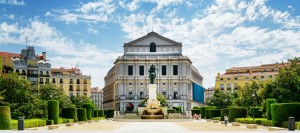
What to do in Madrid in 2 days Visiting Madrid in two days is a truly complicated task considering the city’s numerous attractions: incredible buildings,
Generally speaking, you can see Madrid in 3 or 4 days, including the main museums and palaces in the city. However, there are other nearby cities and towns that you won’t want to miss if you’re in Madrid.
If we had to start with just one city, it would be Toledo without a doubt. This beautiful city, just 75km (46,5 miles) from Madrid, was Spain’s capital until 1561. Despite being a small city, Toledo has countless interesting places to visit, which is why re recommend arriving early and spending a whole day in Toledo.
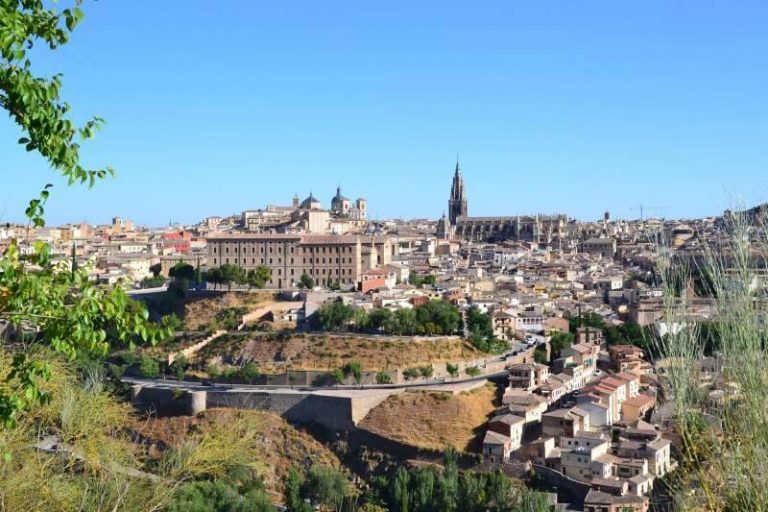
Don’t miss the incredible Toledo Cathedral or the gorgeous original synagogues that date back to the era before the Jews were expulsed from Spain. These buildings are the perfect example of why this city is known as “The City of Three Cultures”.
To get to Toledo, you have two options:
Segovia is one of our favorite destinations when we want to disconnect from the hustle and bustle of the big city. Its cobblestone streets and stone houses will transport you to another era. Among its many sights, the symbol of the city is the Aqueduct, built by the Romans nearly 2000 years ago. A fascinating local legend says that the aqueduct was built by the devil himself in exchange for the soul of a young woman.
Besides the awe-inspiring Roman aqueduct and the King’s Fortress (Alcázar), Segovia is widely known for its roast pig, the star dish of the city. We recommend trying it at Jose María Restaurant (www.restaurantejosemaria.com).

To get to Segovia, we definitely recommend taking the bus, which takes approximately 50 minutes. The buses to Segovia leave from the Moncloa Station. Price: €20 approx.
Ávila is a great unknown for many tourists who visit Madrid. But this small city, 107 km (about 66 miles) from Madrid, is one of the most beautiful cities in Spain. In fact, Ávila is a member of the exclusive club of UNESCO World Heritage Sites in Spain.
Without a doubt, what gets the most attention from tourists is that the old part of the city is completely surrounded by a wall that dates back to the Middle Ages and has remained intact ever since.
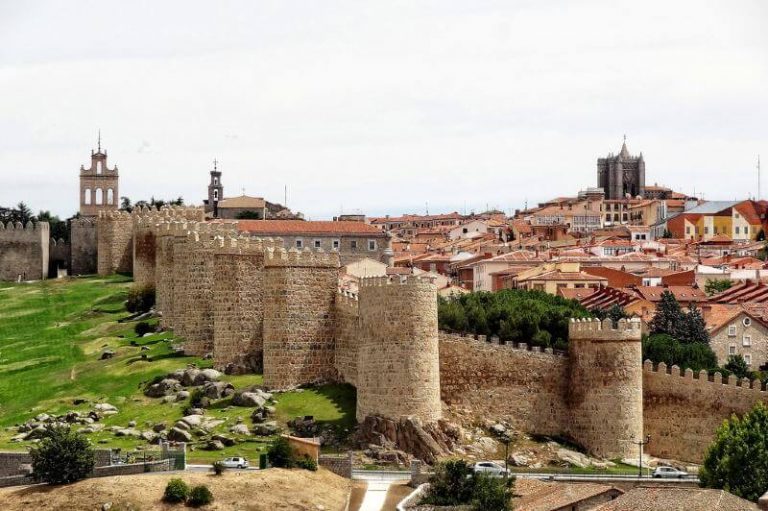
Trains to Ávila leave from the Chamartín Station, located in the northern part of the city. The trip takes approximately 2 hours and the price is around €20.
Despite popular belief, this monument (literally, “The Valley of the Fallen”) was not built with the intention of becoming the mausoleum of the dictator Francisco Franco.
This incredible monument was conceived as a monument representing reconciliation from the Spanish Civil War (1936-1939). In fact, the remains of both sides who participated in the war are buried here. With Franco’s death in 1975, the authorities of the time decided to bury him in this place.

The cross that crowns the site is considered the largest in the world (150 meters tall and 260 meters long).
Unfortunately, public transportation connecting the city center with the “Valle de los Caídos” is essentially nonexistent. Your best bet is to rent a car.
In the 16th century, King Phillip II decided to build a great monastery which would be the final resting place of the remains of Spain’s kings. The project was King Phillip’s obsession for years until it was completed. Today, the massive complex (35,000 square meters or almost 377,000 square feet) in the shape of a gridiron (San Lorenzo, known in English as Saint Lawrence, was martyred on a gridiron in the year 258) is one of the most incredible buildings in Spain.
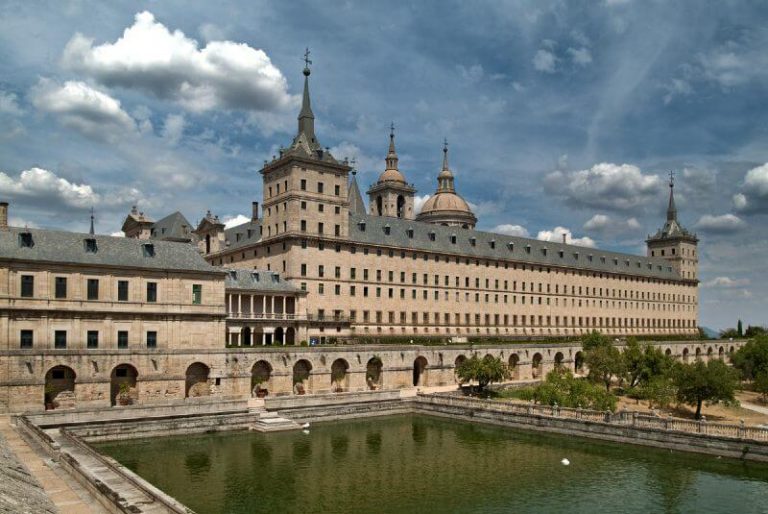
Don’t miss the Royal Pantheon, where all the kings and queens in the history of Spain are buried, with the exception of two: Phillip V and Ferdinand VI.
You’ll need to take the train line Cercanías C-3, which passes by the Puerta del Sol and the Atocha Station. The trip takes approximately 1 hour because it makes a lot of stops. Once you arrive to the town, you will walk about 10 minutes to get to the monastery. Price: approx.. €10 (round trip).
This small town, located 40 km (25 miles) from downtown Madrid, became one of the preferred destinations for Spanish kings in the 16th century. This is where the kings would come when they wanted a break from the hustle and bustle of Madrid.
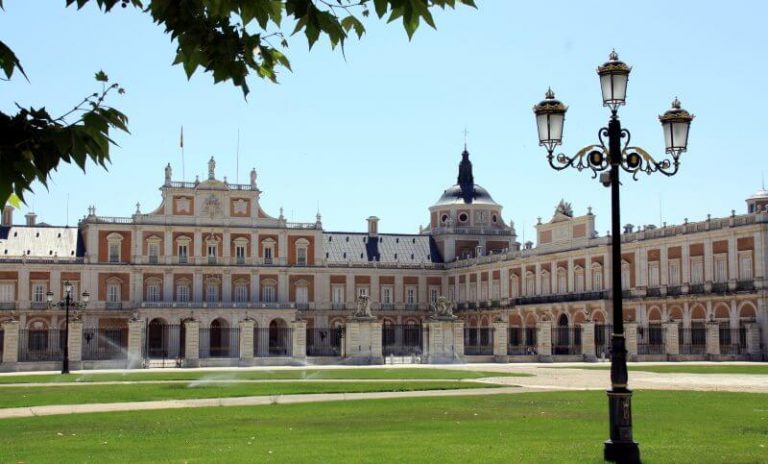
Construction of the magnificent palace began in the 16th century, but after being abandoned for a long period of time, it wasn’t finished until the 18th century. The lovely gardens that surround the palace were used by the kings for recreation and to organize sumptuous parties that were attended by society’s elite.
The fastest way to get to Aranjuez is taking the train line Cercanías C-3. This line stops at the Puerta del Sol and the Atocha Station. The trip takes approximately 1 hour and the price is around €10 (round trip).
If you are a lover of literature, you must visit Alcalá de Henares, the birthplace of Miguel de Cervantes. For those who haven’t heard of him, Miguel de Cervantes is considered one of the most influential writers in the history of the world, and is considered the creator of the modern novel with his work, Don Quixote de la Mancha.

In this small town, you can see the church where he was baptized and even visit the house where he was born and lived as a young boy. And as if that weren’t enough, the town also has a rich heritage that by itself makes it worth a visit.
We recommend taking the Cercanías C-2 or C-7 train. This line stops at the Atocha Station and takes about 45 minutes to arrive. Price: approximately €10 (round trip).,
We hope this post helps you plan your trip to Madrid. If you have any questions, feel free to contact us at info@ogotours.com
BOOK NOW our Free Tour in Madrid and discover the Spanish capital from a local point of view. Every day at 10:45 at Puerta del Sol

What to do in Madrid in 2 days Visiting Madrid in two days is a truly complicated task considering the city’s numerous attractions: incredible buildings,
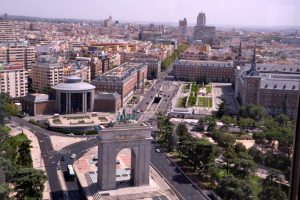
Best Panoramic Views and Rooftops in Madrid There is a popular saying in Spain that goes “De Madrid al Cielo” which literally means “From Madrid
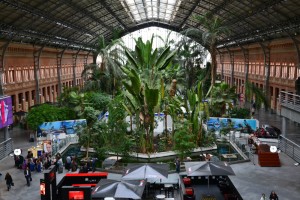
Atocha Station in Madrid Atocha Station, located just 10 minutes away from Prado Museum, is the main railroad station in Spain. However, unfortunately, the station

Hola! My name is Javier Redondo, tour guide in Madrid for more than 8 years.
As a good "Madrileño", I love football (I support Atlético de Madrid), eating tapas and walk the cobblestone streets of old Madrid 🙂
This Madrid blog is where I share tips on popular attractions, local food and off-beat spots.
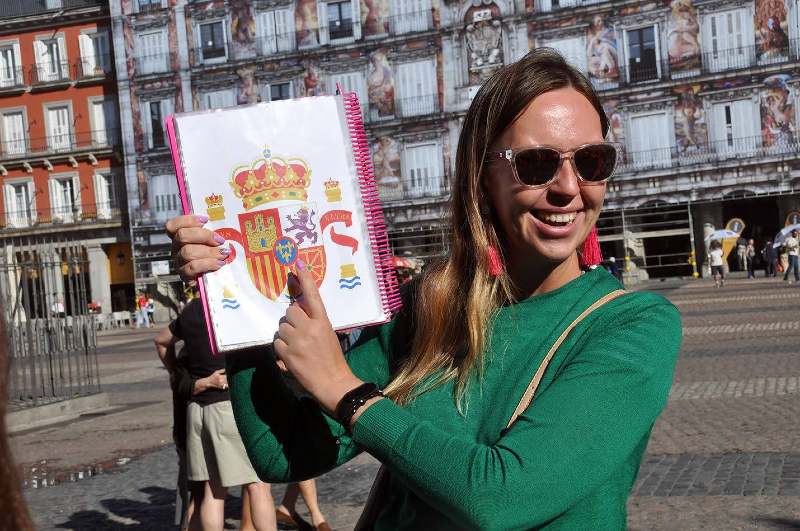
Based on 1000+ reviews
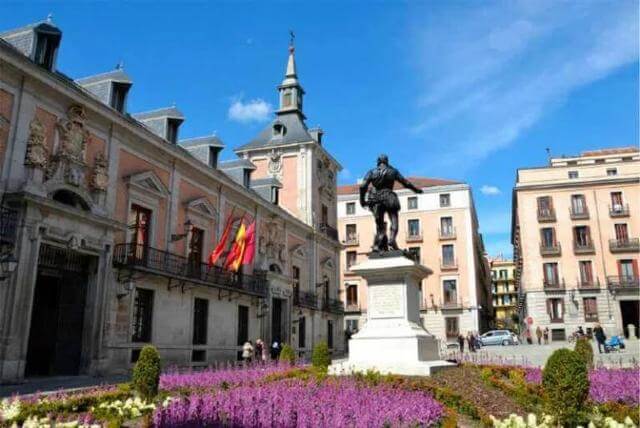

Copyright © OgoTours Madrid 2013-2023
OgoTours is a 100% local company. And as such, we are proud to do our bit to preserve the traditions and spirit of the city. Our goal is to help you experience Madrid like a local.
Tax Identification Number: 46890705F
If you need any additional information about our services, do not hesitate to contact us. We will be happy to answer all your questions.
Are you travelling around Spain? We are a proud member of Discover Our Cities. This network is made up of local tour opertators that share the same philosophy about tourism. All companies involved in this proyect have something in common; we are focused on offering 100% local and genuine experiences.
Our most popular posts:
The best panoramic views in Madrid
Our groups are now limited to 10 people, therefore it is required to book your spot in advance.
Mandatory use of face masks for guides and customers. Following the Spanish legislation, the wearing of face masks in all public spaces is obligatory.
When available, we highly recommend to maintain 2-meters social distancing between all the participants of the tour.
All our guides will be carrying hand sanitizer during the tour and it will be available during the whole route for you.
You will hear the explanations perfectly, as your guide will be carrying a voice amplifier.
You don´t need to print out your tour confirmation (just in case keep the email confirmation on your phone). Your name and last name will be enough for the guide to complete the check-in process.